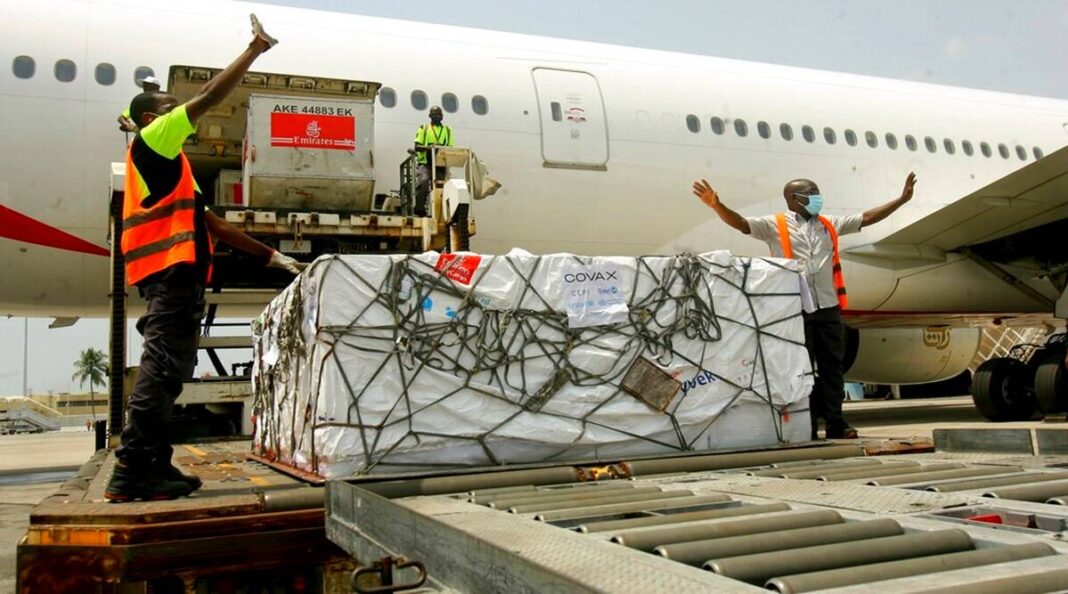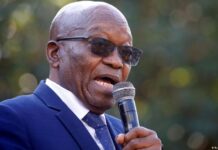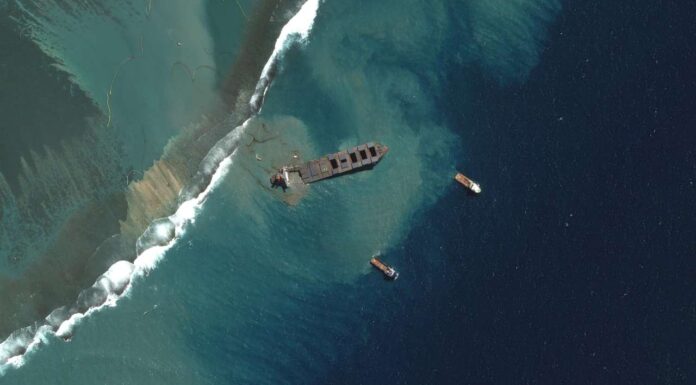While 80.75 lakh doses have been sent as gift, free of charge, 165.24 lakh doses have been delivered as part of Covax mechanism under the aegis of the Global Alliance for Vaccines and Immunisation. An estimated 339.67 lakh doses have been sent as part of commercial deals.
It’s been 55 days, 71 countries, 586 lakh doses and counting into India’s Covid-19 vaccine diplomacy. And the first ever summit of the Quad leaders Friday has given it a whole new booster shot.
While 80.75 lakh doses have been sent as gift, free of charge, 165.24 lakh doses have been delivered as part of Covax mechanism under the aegis of the Global Alliance for Vaccines and Immunisation. An estimated 339.67 lakh doses have been sent as part of commercial deals.
Just under a fifth of the entire stock of New Delhi’s Vaccine Maitri, 90 lakh doses, has gone to Bangladesh, the top recipient among the neighbours. Pakistan will get vaccines made in India through Covax.
Broadly, this unprecedented initiative covers the global South — including Argentina, Brazil, Egypt and South Africa. Of the 71 countries, at least 37 have got the vaccines free, 17 through Covax, many a combination of these two and commercial sales.
In effect, India has supplied vaccines to at least 50% of the Least Developed (LDC) countries and one third of the Small Island Developing (SID) countries. These are the two major small-country groupings who have an influential voice at the United Nations.
While many countries in the Indian Ocean region have been sent vaccines, Pacific Island nations and those in south-east Asia are next. Indeed, this is at the heart of the “massive joint” Quad vaccine initiative, which US National Security Advisor Jake Sullivan referred to at the White House briefing late on Friday night: “With Indian manufacturing, US technology, Japanese and American financing, and Australian logistics capability, the Quad committed to delivering up to 1 billion doses to ASEAN, the Indo-Pacific, and beyond by the end of 2022.”
Sources said a key element of India’s vaccine diplomacy has dovetailed into the Quad vaccine initiative under which vaccines will go to countries in the Indo-Pacific region — the battleground of contestation between Chinese and the Quad’s sphere of influence.
As of early March, China — according to Chinese media outlet Caixin — has exported vaccines to 28 countries.
China, in fact, announced 3 lakh doses for Myanmar but is yet to deliver any, while India quickly supplied 1.7 million. Similarly, Indian vaccines reached Cambodia and Afghanistan, before Chinese vaccines did.
From India’s perspective, what has worked is the “speed” with which it has been able to deliver.
Significantly, according to Duke University’s Global Health Institute, developed countries with 16% of the world’s population, including Canada, US and UK — each of whom have guaranteed enough supplies to vaccinate their populations several times over – have secured 60% of global vaccine supplies for themselves. Other countries commandeering supplies exceeding their domestic needs include Australia, Chile, and several European Union members.
“Most of the developing countries wouldn’t have got their vaccines so early if India had not supplied them,” said an official.
For Foreign Secretary Harsh Vardhan Shringla, this reinforces the “human-centric international cooperation and globalisation” that Prime Minister Narendra Modi has referred to.
The Quad vaccine initiative, he said, is a “validation of our reputation as a reliable manufacturer of high-quality vaccines and pharmaceutical products.” In this context, he referred to India’s supply of Hydroxychloroquine, PPE kits and tests kits to as many as 100 countries during the pandemic.
At a time when “vaccine nationalism” is common, sources said Delhi’s supplies make for a key diplomatic initiative in a year when India is at the UN Security Council and ahead of the G-20 it will host in 2023, an official said.













![Hotstar Premium Cookies 2019 [*100% Working & Daily Updated*] Hotstar Premium Cookies 2019 [*100% Working & Daily Updated*]](https://tahav.com/wp-content/uploads/2019/11/Hotstar-Premium-Cookies-Free-100x70.jpg)



